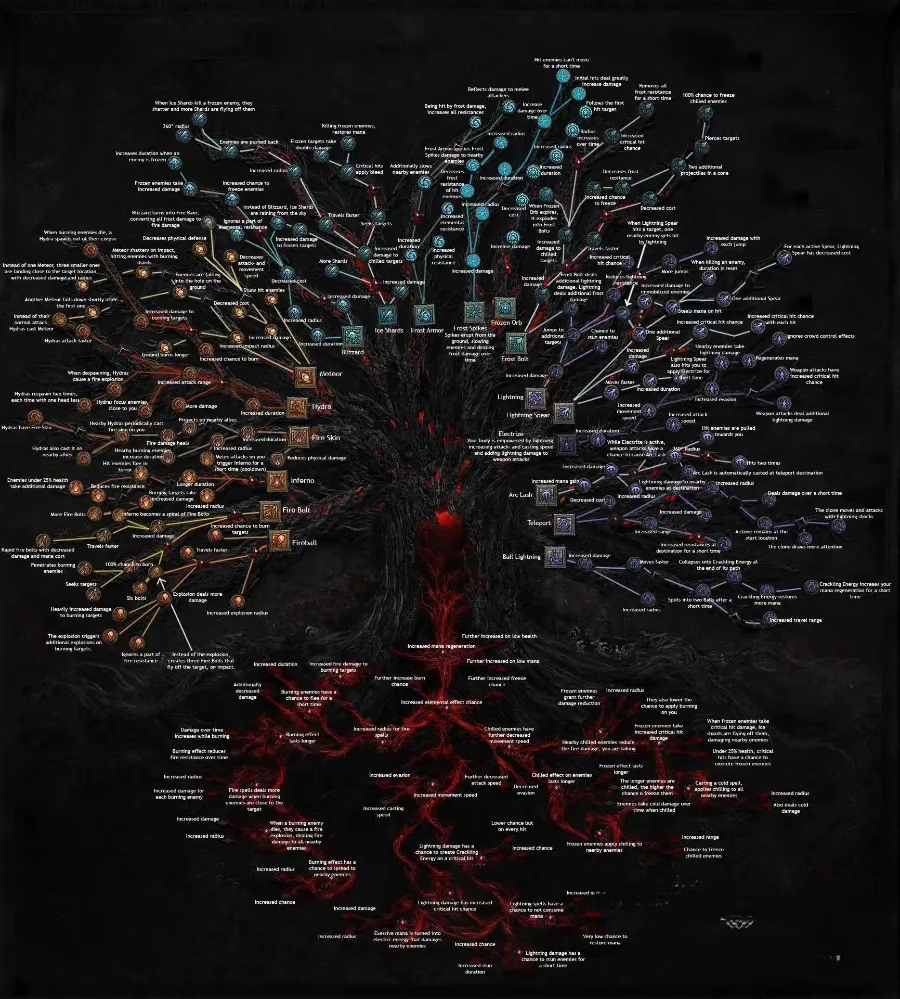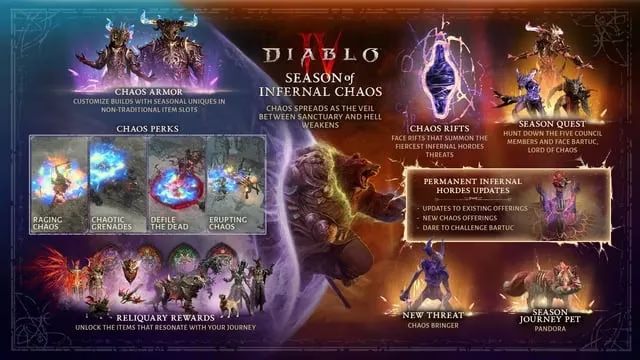The Diablo 4 community has been buzzing with discussions about character casting mechanics since the game's release, with particular focus on the concept of moldmaking - the art of optimizing how spells and abilities are cast and chained together. As we move into 2025, players continue to refine their approaches to Diablo 4 moldmaking techniques, seeking the perfect balance between efficiency and gameplay enjoyment.
For many veterans who transitioned from Diablo 3, the absence of autocast features remains a point of contention. The community has long requested this quality-of-life improvement, with one player eloquently summarizing the situation: "The players that haven't been asking for it, but are annoyed that they have to watch a timer at the bottom of their screen instead of watching their champion fighting will be happy." This sentiment captures the essence of why moldmaking in Diablo 4 has become such an important aspect of gameplay optimization.
The Evolution of Casting Mechanics
Diablo 4 moldmaking isn't just about button assignments - it represents a fundamental approach to how players interact with the game's combat systems. The introduction of WASD movement controls sparked debate about whether this would finally allow for casting while moving, a feature many believed would revolutionize gameplay fluidity.
However, as one experienced player pointed out: "WASD will be just quadruple retarded force move." This blunt assessment highlights the reality that while control schemes have evolved, certain fundamental limitations in casting mechanics remain in place. Force move functions exist, but they don't fully address the desire for seamless casting during movement.
The inability to cast channeled spells while moving continues to frustrate many players in 2025. "This is Diablo 4 in 2024, how come we cannot move while casting channeled spells!" lamented one player last year, and that sentiment has only grown stronger. "Wouldn't be 100x nicer to be able to seamlessly move while casting incinerate, rapid fire, or whatever!"

Community-Driven Solutions
Despite Blizzard's reluctance to implement official autocast or cast-while-moving features, the Diablo 4 community has developed innovative moldmaking approaches to mitigate these limitations. Players have created custom keybinding setups, experimented with controller configurations, and shared macros (where permitted) to streamline casting experiences.
These workarounds represent the community's determination to optimize their gameplay experience even when official support falls short. As one player noted regarding autocast in particular: "For the players that for some reason don't want other players to have autocast, get over yourselves, this request isn't about how much you enjoy our enjoyment of the game."
Technical Limitations and Future Prospects
The reality behind Diablo 4 moldmaking challenges appears to be deeply rooted in the game's technical architecture. One developer-savvy player observed: "At this point, they'd need to totally rework quite a bit of their combat system to make this feature possible. It's unlikely they'll do this much work as they just took a pass on the storage issues not wanting to rewrite all the code for that."

This technical debt explains why, even in 2025, certain moldmaking improvements remain elusive. The comparison to "playing the old resident evil games" highlights how dated some of these restrictions feel in a modern ARPG.
Optimizing Your Diablo 4 Moldmaking in 2025
Despite these limitations, there are several approaches players can take to enhance their casting experience:
-
Custom keybinding profiles for different character classes
-
Strategic skill selection that minimizes channeling dependencies
-
Utilizing controller options which some players find more intuitive for certain builds
-
Positioning awareness to reduce the need for movement during critical casting sequences
-
Community build guides that account for casting limitations
The Future of Casting in Diablo
As Diablo 4 continues to evolve through seasonal updates and expansions, the community remains hopeful that moldmaking improvements will eventually arrive. The passionate discussions around autocasting and movement mechanics demonstrate how central these features are to player satisfaction.
For now, the art of Diablo 4 moldmaking remains a blend of working within the system's constraints while pushing for meaningful change. As one optimistic player put it: "If you don't want to use a feature, then just don't use it, don't worry about which features I'm using." This philosophy of player choice continues to drive the conversation forward.
Until Blizzard implements more flexible casting systems, the community will continue refining their moldmaking approaches, sharing workarounds, and advocating for the quality-of-life improvements that would make Diablo 4's combat feel truly next-generation.

Whether you're a casual player or hardcore enthusiast, mastering the art of Diablo 4 moldmaking remains essential to maximizing your character's potential in the eternal struggle against the forces of Hell.